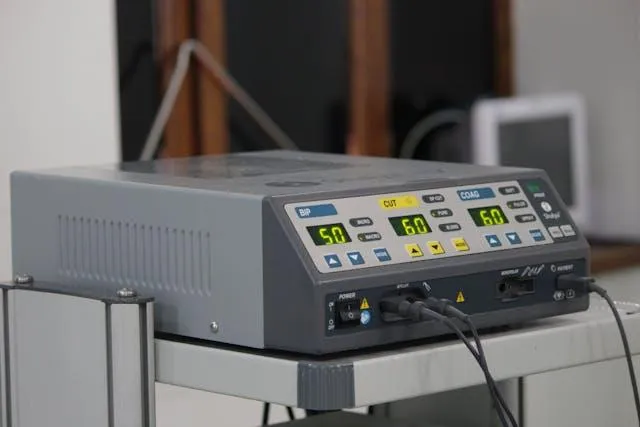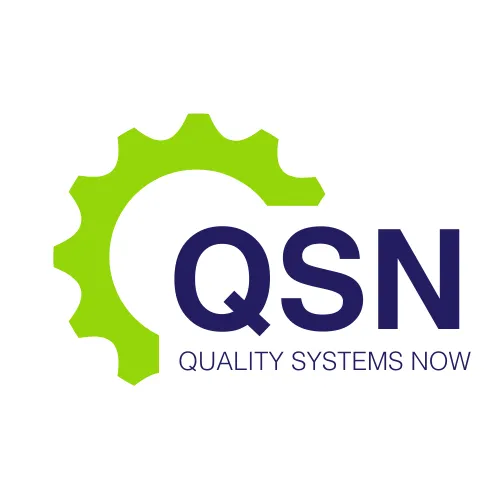NEWS

Ready For Inspections: Validating Lab Systems and Data
Data is more than just information—it is the documented evidence of product quality, safety, and compliance. Laboratory systems, from analytical instruments to software platforms, must generate reliable, accurate, and traceable results that regulators can trust. Achieving this level of confidence requires validation—a structured process of proving that systems consistently operate as intended.
For companies preparing for regulatory inspections by the Therapeutic Goods Administration (TGA), Food and Drug Administration (FDA), or other agencies, validating laboratory systems and data integrity is not just good practice—it is a legal requirement under Good Manufacturing Practice (GMP). This article explains why validation matters, what it involves, and how organisations can build an effective approach that satisfies compliance obligations without disrupting operations.
Why Lab System Validation Matters
Laboratories today rely on an ecosystem of instruments, software, and automated data management tools. From high-performance liquid chromatography (HPLC) systems to laboratory information management systems (LIMS), each component plays a critical role in generating data used for product release, stability studies, and quality investigations.
If these systems are not properly validated, there is no documented assurance that they perform accurately, consistently, and reliably under real-world conditions. This can have serious consequences:
Regulatory Non-Compliance – GMP regulations mandate that computerised systems and analytical methods be validated for their intended use.
Data Integrity Risks – Unvalidated systems may produce inaccurate or incomplete records, undermining trust in results.
Operational Inefficiencies – System errors and rework increase costs and delay timelines.
Product Quality Issues – Decisions based on unreliable data can lead to defective or unsafe products reaching the market.
Regulatory Expectations
Regulatory bodies place a strong emphasis on system validation as part of their inspection programs. Key requirements include:
PIC/S Guide to GMP Annex 11 (Computerised Systems) – Requires formal validation and control of systems impacting product quality.
FDA 21 CFR Part 11 – Governs electronic records and electronic signatures, including validation and audit trail requirements.
Data Integrity ALCOA+ Principles – Data must be Attributable, Legible, Contemporaneous, Original, Accurate, plus Complete, Consistent, Enduring, and Available.
ISO/IEC Standards – Certain laboratories, especially those accredited to ISO 17025, must demonstrate system validation and method verification as part of their quality management system.
The Validation Process
Step 1: Define the Scope and Intended Use
Clearly document what the system will do, how it will be used, and the critical functions that impact data quality or regulatory compliance. This forms the basis for the User Requirements Specification (URS).
Step 2: Risk Assessment
Identify potential risks to product quality or data integrity if the system fails or malfunctions. High-risk systems require more rigorous validation.
Step 3: Vendor Assessment and Documentation Review
Evaluate the supplier’s development, testing, and quality assurance practices. Review vendor documentation such as factory acceptance tests, technical specifications, and validation packages.
Step 4: Installation Qualification (IQ)
Document that the system is installed according to specifications, including hardware, software, environmental conditions, and utilities.
Step 5: Operational Qualification (OQ)
Verify that the system operates as intended across all defined functional requirements. Test system controls, security features, and fail-safes.
Step 6: Performance Qualification (PQ)
Confirm that the system performs consistently in the actual working environment under normal operating conditions, using typical users and data loads.
Step 7: Data Migration and Integrity Checks
If transferring data from legacy systems, ensure the accuracy, completeness, and accessibility of migrated data.
Step 8: Documentation and Approval
Compile all validation activities into a Validation Report, summarising results, deviations, and conclusions. Obtain formal approval from the quality unit before the system goes live.
Maintaining Validation Over Time
Validation is not a one-off task. Systems evolve through updates, configuration changes, or new functionality—each of which may trigger a revalidation. Ongoing compliance requires:
Change Control – Formal assessment and approval of modifications.
Periodic Reviews – Regular evaluation of system performance, documentation, and training.
Audit Trails – Continuous monitoring to ensure changes to data are recorded and traceable.
Disaster Recovery Testing – Verification that data can be recovered in the event of system failure.
Data Integrity: The Core Outcome of Validation
At the heart of lab system validation is data integrity—the assurance that data is accurate, complete, and trustworthy throughout its lifecycle. Regulators view data integrity breaches as serious compliance failures, often resulting in warning letters, import alerts, or product recalls.
Common data integrity risks include:
Shared user accounts with no individual traceability.
Inadequate audit trail functionality.
Uncontrolled paper-to-electronic data transfers.
Manual transcription errors.
A validated system minimises these risks by enforcing controls such as user-specific logins, electronic signatures, automated audit trails, and secure data storage.
How Quality Systems Now Supports Lab System Validation
At Quality Systems Now, we help laboratories and manufacturing organisations achieve and maintain GMP-compliant system validation with minimal disruption. Our services include:
Full validation lifecycle planning and execution.
Risk-based validation strategies tailored to system criticality.
Vendor qualification and documentation assessment.
IQ, OQ, and PQ protocol development and execution.
Data integrity gap assessments and remediation plans.
Staff training in system use, documentation, and compliance.
We ensure that systems are not only compliant at the point of validation but remain inspection-ready throughout their operational life.
Building a Validation-First Culture
To simplify compliance and reduce last-minute audit stress, organisations should adopt a validation-first mindset. This means:
Considering validation requirements during system selection and procurement.
Allocating budget and resources for validation activities in project planning.
Training staff to recognise the importance of data integrity in every task.
Treating validation as a routine operational requirement, not a special project.
When validation is embedded in the organisation’s culture, it becomes a natural extension of good science and good manufacturing.
Conclusion
Validating laboratory systems and safeguarding data integrity is a cornerstone of GMP compliance. It protects product quality, ensures regulatory acceptance, and builds customer trust. While the process can seem complex, a structured, risk-based approach makes it manageable and efficient.
With expert guidance from Quality Systems Now, companies can confidently navigate the technical and regulatory requirements of validation, knowing their systems and data will stand up to the highest levels of scrutiny. In a world where compliance is non-negotiable, validated systems are not just a regulatory checkbox—they are the foundation of reliable science and sustainable business success.
